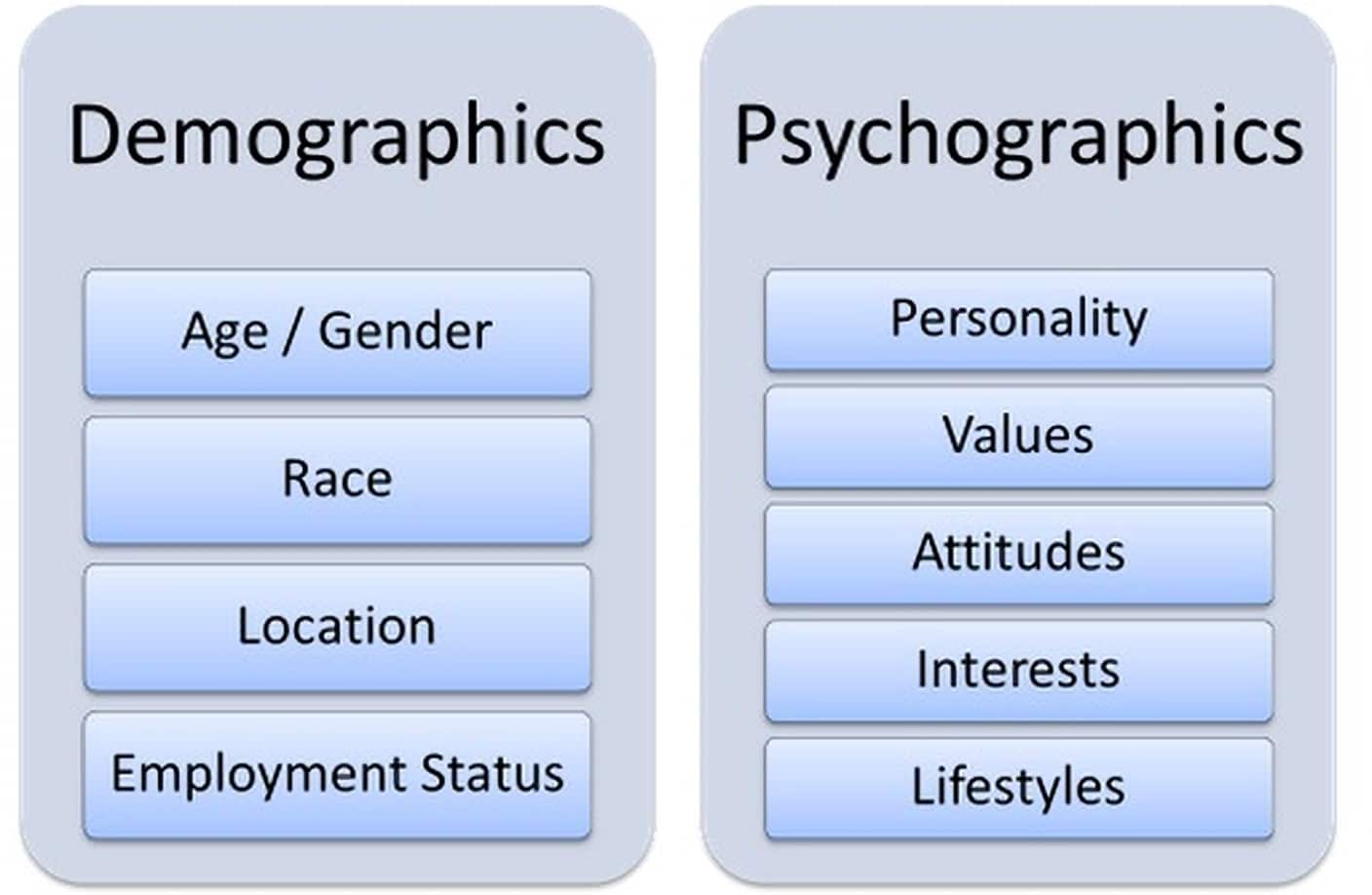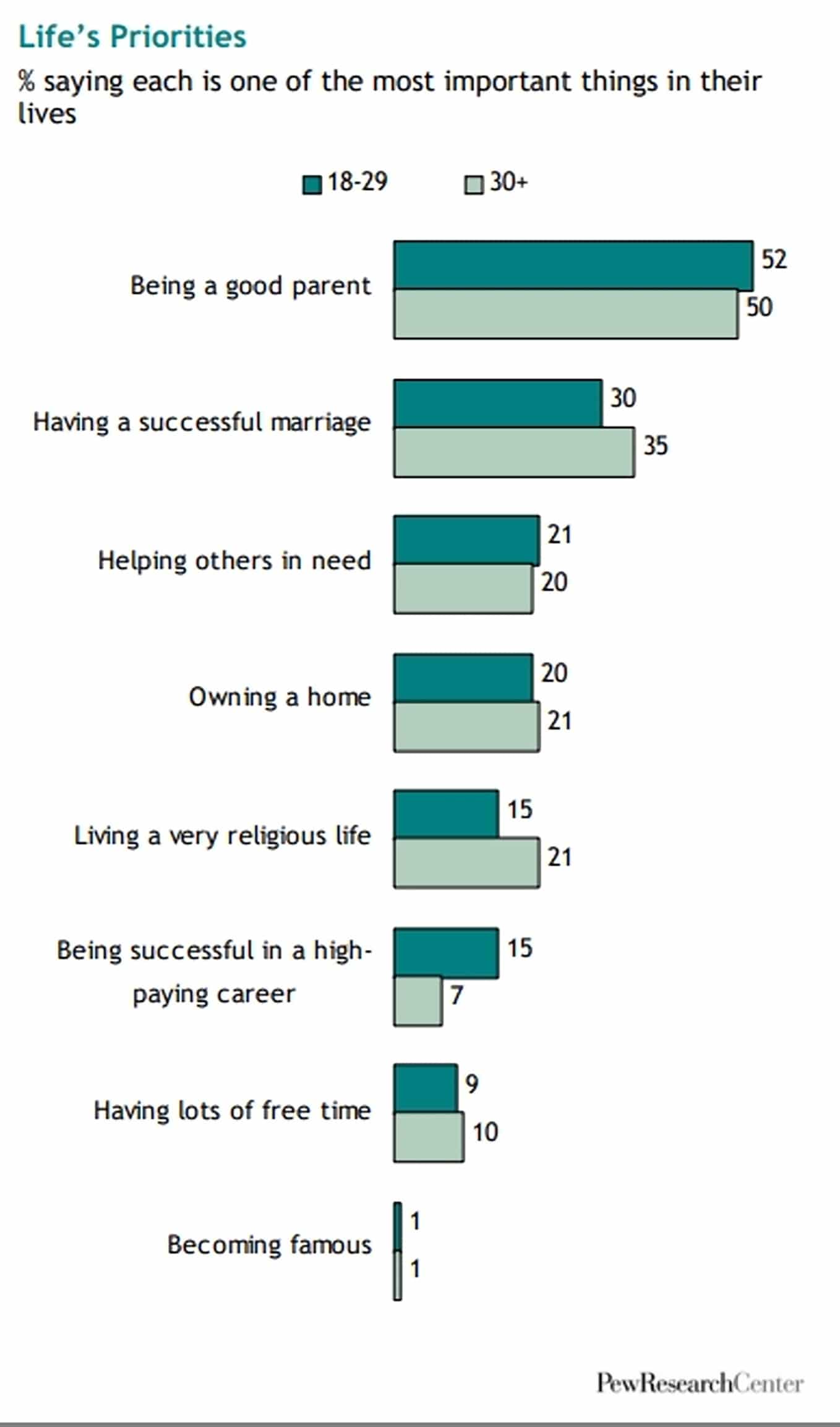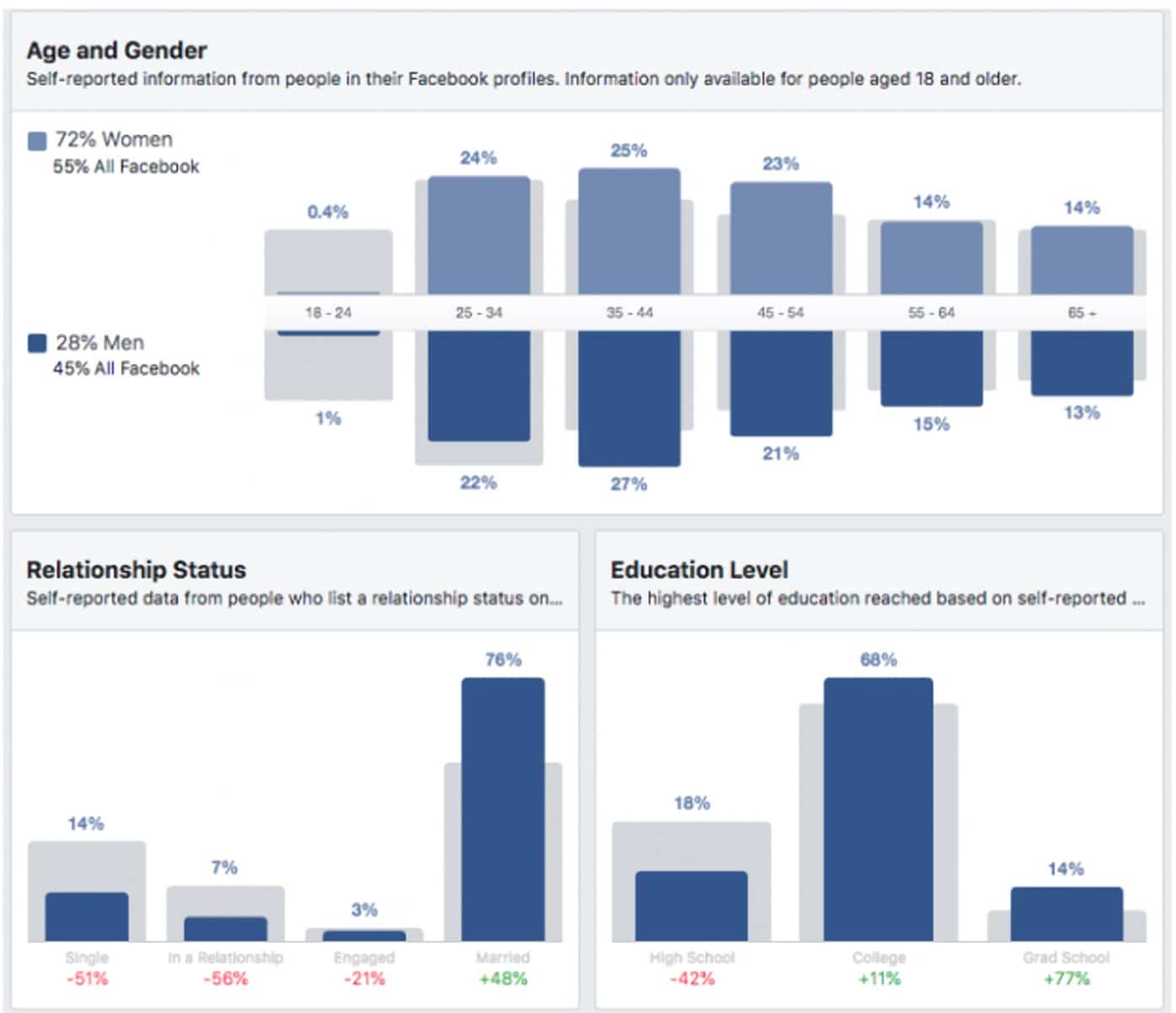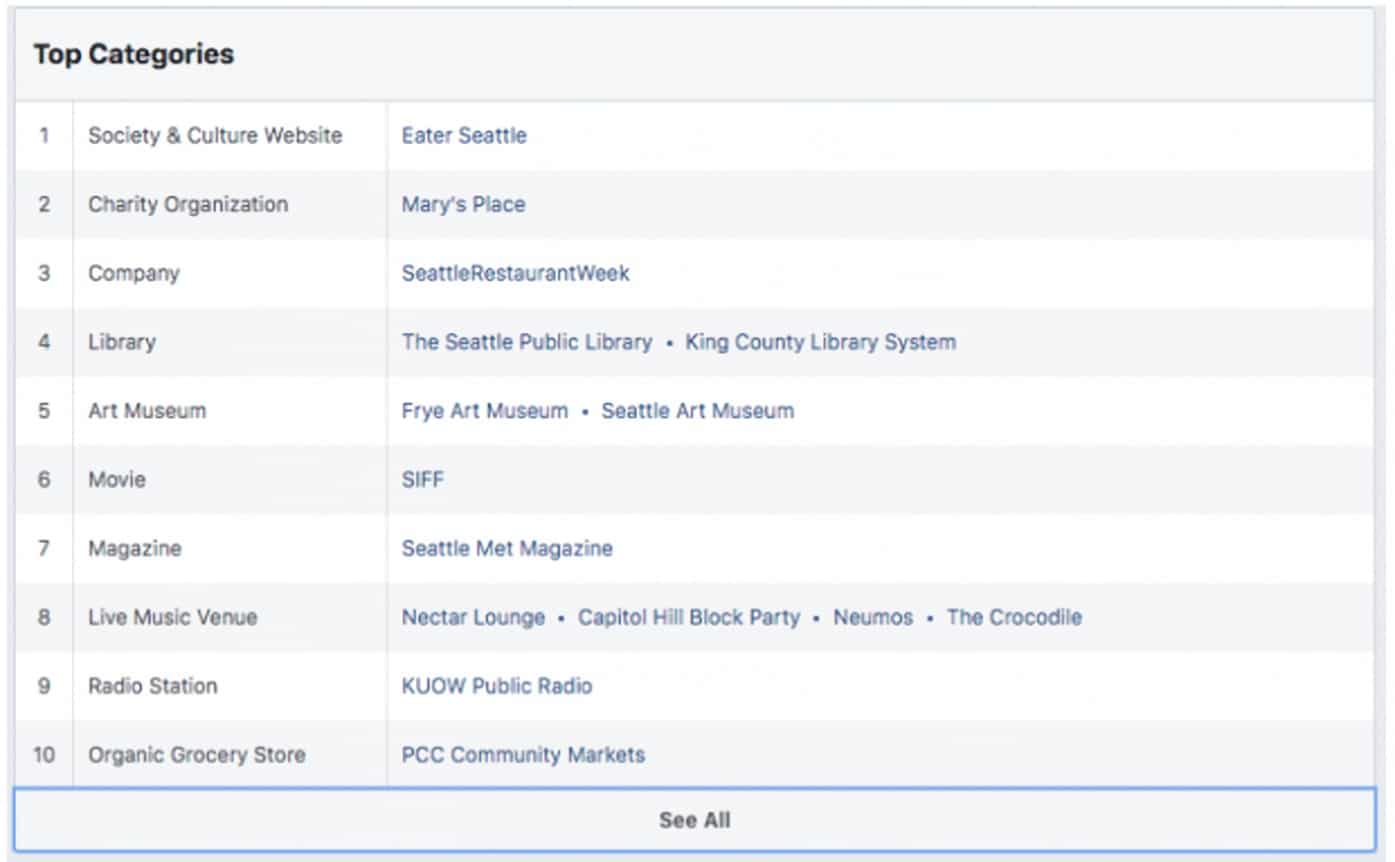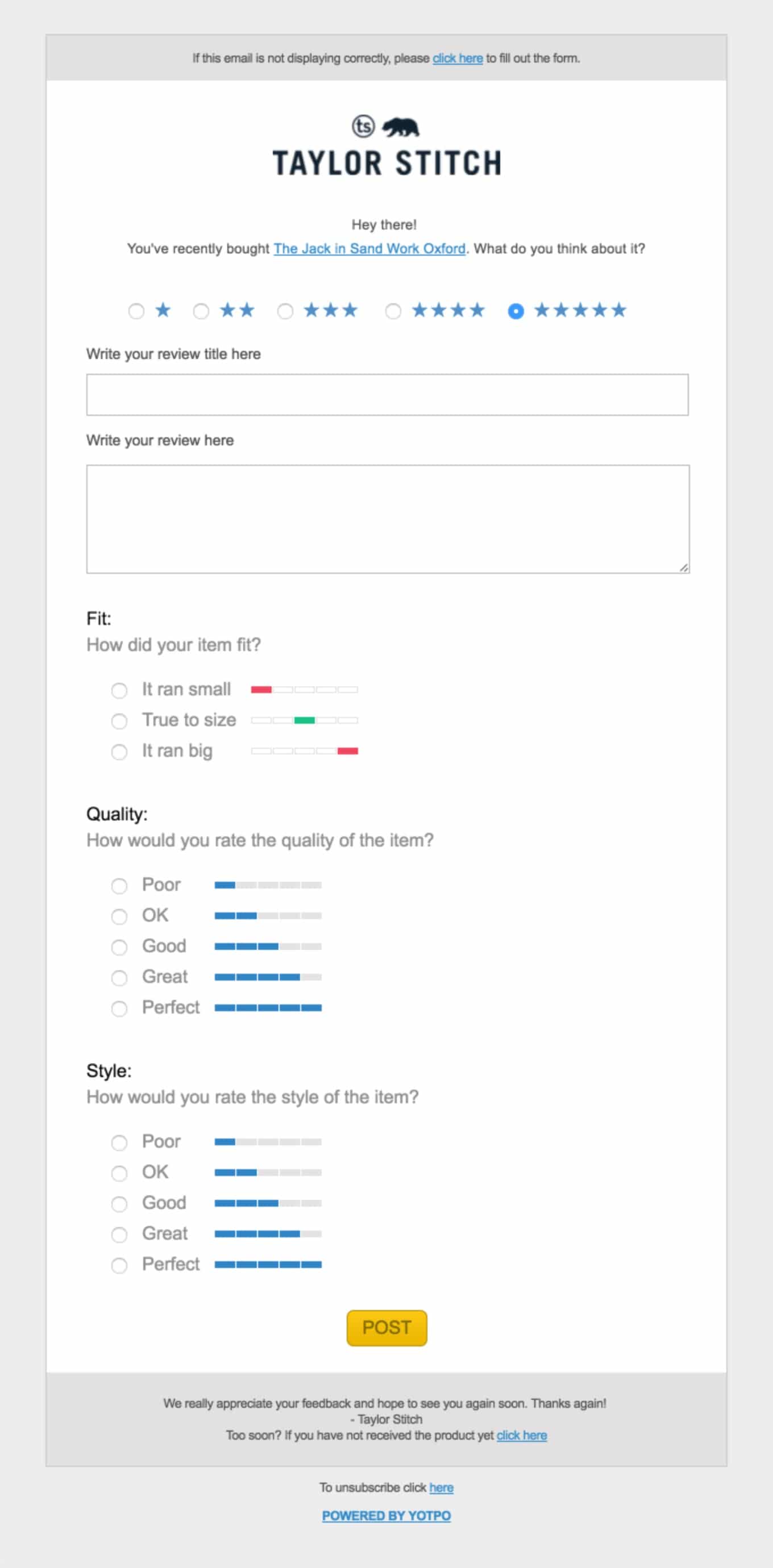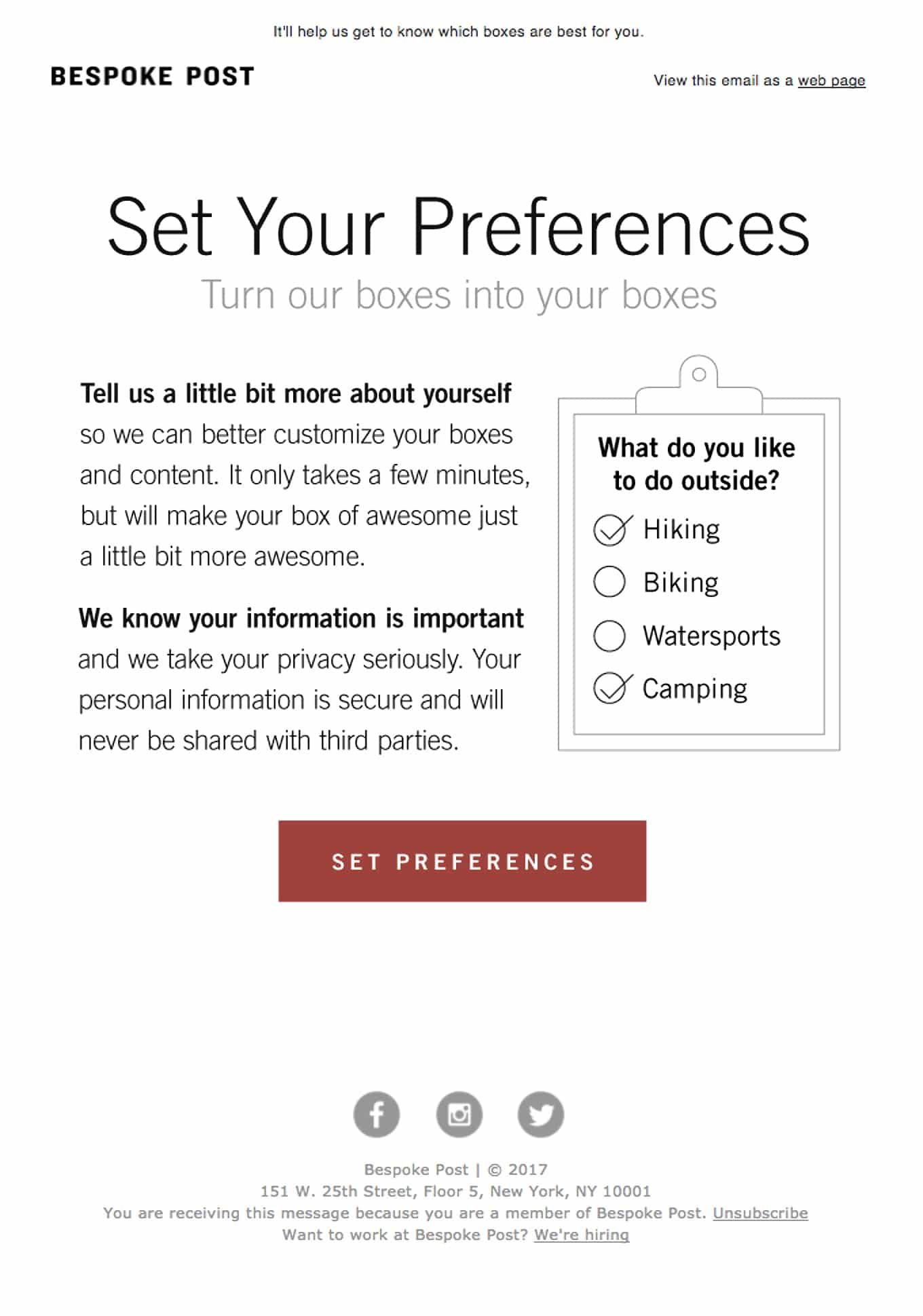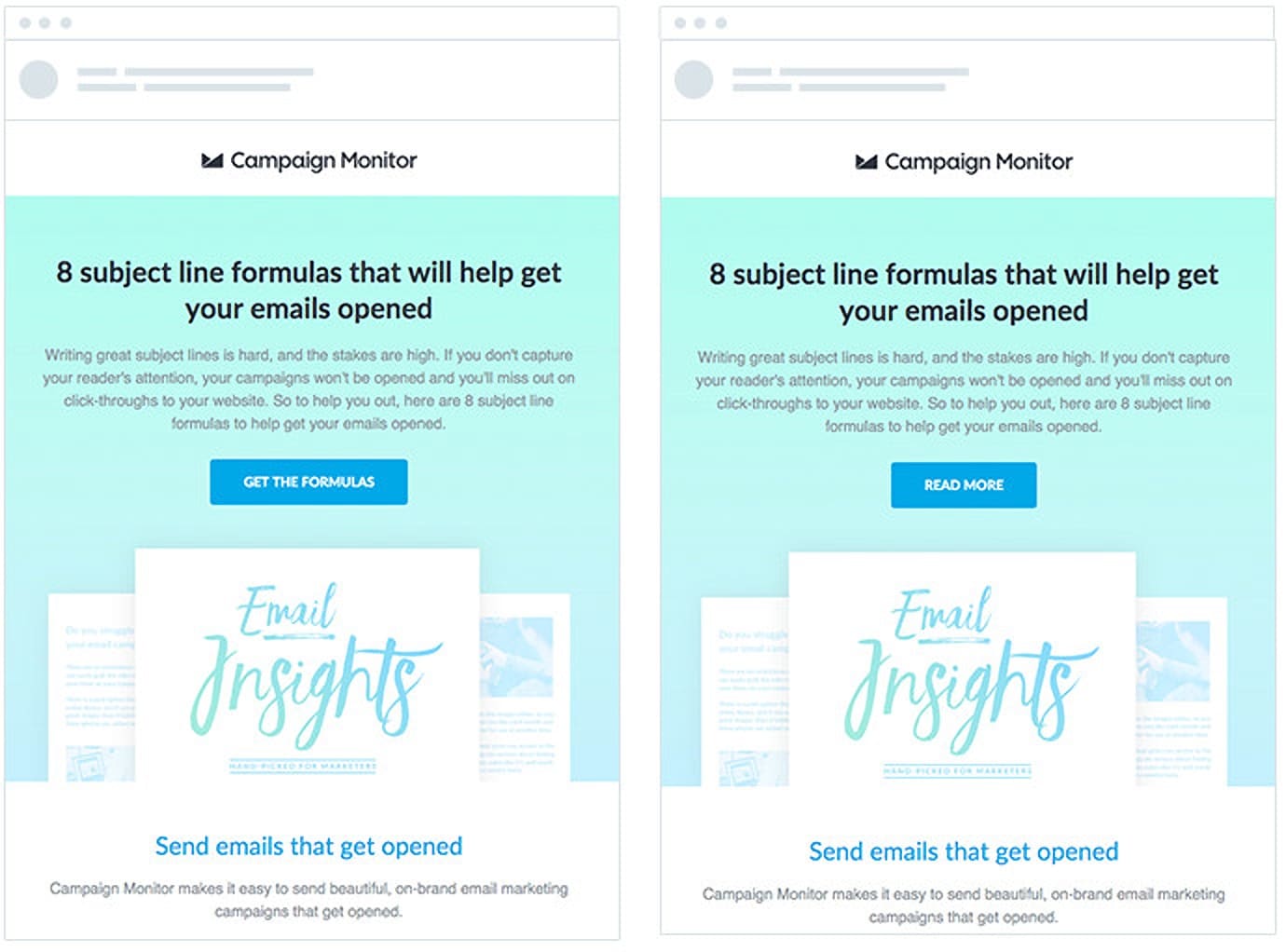Marketing teams are always on the lookout for new ways to both customize and personalize their email marketing campaigns. Why? Because these methods help retain your subscriber’s attention.
To do this, you need to know who your subscribers are, why they’re interested in what you have to offer, and what personal solutions they’re looking for.
While many marketers already utilize a variety of demographics to help them create an ideal customer profile, there’s another method that marketing teams should be considering: marketing psychographics.
Defining marketing psychographics: How are they different from standard demographics?
Believe it or not, many marketing teams already include several marketing psychographics in their ideal customer profile without even realizing it; however, they’re often confused and categorized as demographics. So, before diving into marketing psychographics, it’s essential to know the difference between those and demographics.
- Demographics: these are usually categorized as personal information of each subscriber. This information can include age, income, gender, etc. These help you to segment your emailing list. This ensures that your readers are only getting the most relevant information possible.
- Psychographics: marketing psychographics work in the same manner. However, they’re more detailed than the basic segmentation categories. Instead, they dive into the habits, interests, values, and other preferences of your email subscribers.
Source: ConversionXL
Marketing psychographics can help your marketing team define who your ideal customer is. This is done by asking important questions, such as:
- Why? – Why is this person looking into fitness/nutrition?
- What are their beliefs/values? – Why are they looking into my vegan nutrition options as opposed to my “traditional” plan?
- How? – What solutions have they tried in the past?
Of course, these are only a few of the questions you may ask. However, you can see how these factors are considerably different from the standard demographic questions used to identify an ideal customer. Instead of the basic information, you want to consider taking this to the next level. This means getting to know their personal tastes, behaviors, and personality traits. A good example of marketing psychographics is a client questionnaire.
How to utilize marketing psychographics to create a detailed customer profile
Since marketing psychographics tend to include very personal customer information, many marketers are left scratching their heads. They aren’t always sure how to gather this information without coming off as intrusive.
The good news is that there are plenty of ways to get to know these intimate details without coming off as nosy.
Revising your current buyer personas
The first place you want to head to is your current buyer/customer personas. You should’ve defined your customer personas when you first built your marketing strategy. Having these personas on file will help give you a basic idea of who you’re trying to reach. From there, you want to start asking: how am I going to reach them?
The “how” should consider what the best way to appeal to each of your customers is. You want to consider their needs, including:
- Emotional needs
- Intellectual needs
- Physical needs
- Familial needs and more
These are all necessary for trying to find the best ways to present your solutions to potential customers. For instance, if you already know that your current demographics show your ideal customer is between the age of 25-35, you already know quite a few details. These individuals are considered busier and in need of “quick” and “simple” solutions that can be easily maintained with little effort. From a marketing psychographics standpoint, that would tell you that you’re looking at a customer who:
- Values their time/time-saving solutions
- Their lifestyle can be categorized as “on the go”
- Their attitude is that the solution should be simple, yet effective
When trying to incorporate marketing psychographics into your customer profile, it’s essential that you start with the information that you already have. There’s plenty of research out there to aid in learning more about your current customer personas, so don’t feel like you have to start over from scratch.
Source: Pew Research Center
Social media
Once you’ve taken time to evaluate your current buyer personas and you still feel like you don’t have enough information to utilize marketing psychographics in building an ideal customer profile, then you’ll want to turn to your social media and other analytics software.
Analytics can tell you quite a bit about your ideal customer by showing you who’s interacting with your current content and how. While this helps you create the best content to suit each person, it also gives you a more in-depth look into who your ideal customer is.
For example, Facebook’s insight tools can help you narrow down the most basic demographic information from your current audience members, such as their age and gender:
Source: Hootsuite
It can also be helpful in identifying your target audience member’s general interest as well:
Source: Hootsuite
By utilizing this information from your various analytics and insight sources, you can start to really build up your customers’ habits, lifestyles, and so much more. This will help you not only get to know them better and build up a more detailed customer profile, but will also help you create content that drives real action from them.
Psychographics Examples – Customer Feedback Surveys
Now, if you still want to get to know more about your ideal customer and the previous two steps haven’t given you the in-depth answers you were looking for, then there’s no better source to turn to than your customers themselves.
Customer feedback surveys are an excellent way not only to ask for feedback to improve on your communications and products, but to get to know exactly who your ideal customer is. Now, where many marketers go wrong is thinking that these surveys must ask personal questions in order to give them any real information. That couldn’t be further from the truth. In fact, a simple product review could help you really get to know your ideal customer in several different ways.
For example, let’s take this customer feedback survey from Taylor Stitch:
Source: Really Good Emails
From this survey alone, you can gather information on the style preferences of your customers, quality preferences, and so much more. Even better, this particular survey gives the customer a space to leave their own unique feedback, which can help you gather more personalized data without having to ask for it directly.
Now, if you’re concerned with sounding too nosy, you can always ask your customers to fill out a personal preference survey. This is an excellent idea for those who are looking to send the right content to each member of your customer list. One way to do this is by asking your current subscribers to “update” their email preferences.
Source: Really Good Emails
This allows you to gather more personalized information without sounding nosy. Instead, you’re showing your customers that you care what they prefer and only want to deliver what they want to their inbox.
A/B testing
Once you’ve started gathering the information from the sources above, you need to start putting it to good use. However, you don’t want to start throwing new tactics into the mix without taking the time to test them out properly.
A/B testing is a great way to start testing out the psychographics you’ve started collecting. While the testing won’t necessarily give you more details on your customers, it’ll tell you how they’re reacting to your new methods before you fully implement them. For example, look at the two variations in the CTA in the email below:
Source: Campaign Monitor
We’ve got “read more” in the example on the right and “get the formulas” in the example to the left. Based on the result of the A/B test, we can learn a little more about how the ideal client thinks when presented with information on email subject lines.
Those who prefer the term “formula” may have a more analytic approach to their mindset, while those who choose “read more” may have a more inquisitive mindset. What does that tell us? Analytical mindsets are searching for solutions, while inquisitive minds are looking to expand their knowledge.
Wrap up
Each of the methods that we’ve talked about can and will help you gather marketing psychographic information from your current customers. When compiled and analyzed correctly, they can help you create a much more in-depth customer profile, which will result in you being able to address their specific needs on an entirely new level.
Remember, if you’re looking to gather more psychographic information on your clients, start with these methods:
- Reevaluating current customer profiles
- Social media insights/analytics
- Customer feedback surveys
- A/B testing
Curious how you can take your email marketing to new heights? Consider reading our modern guidebook to email marketing.

